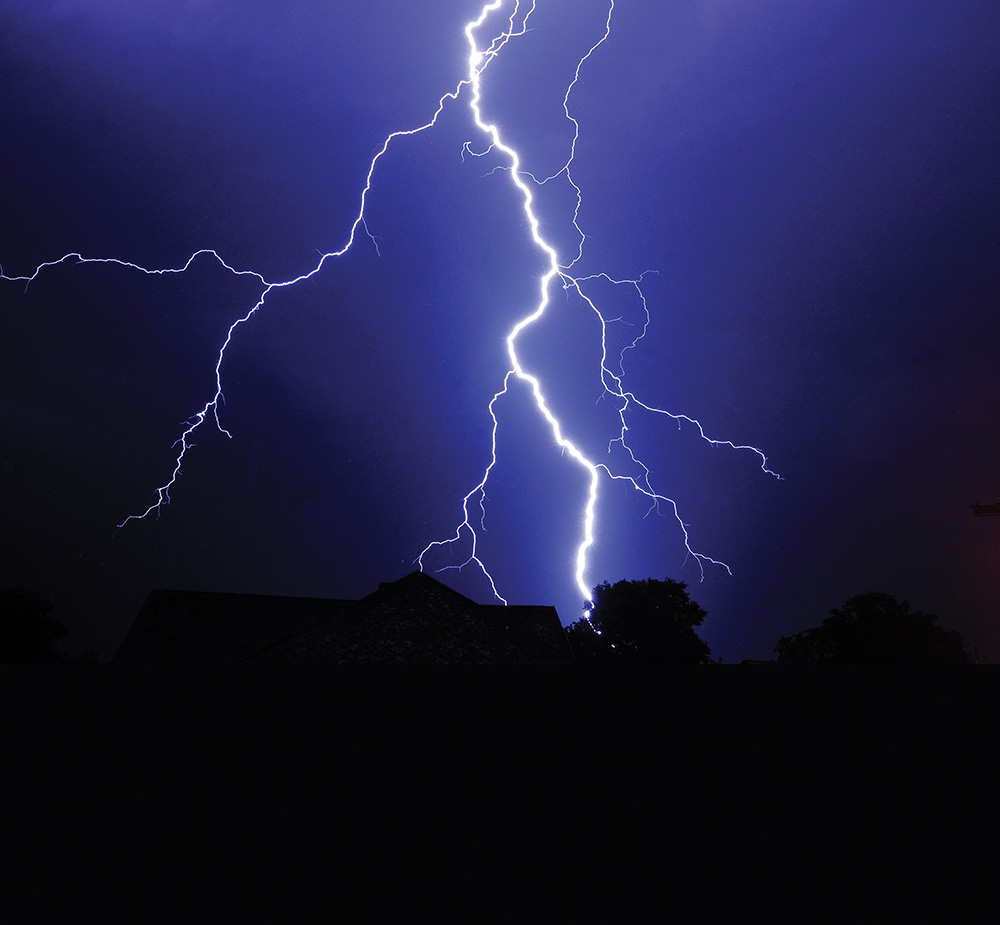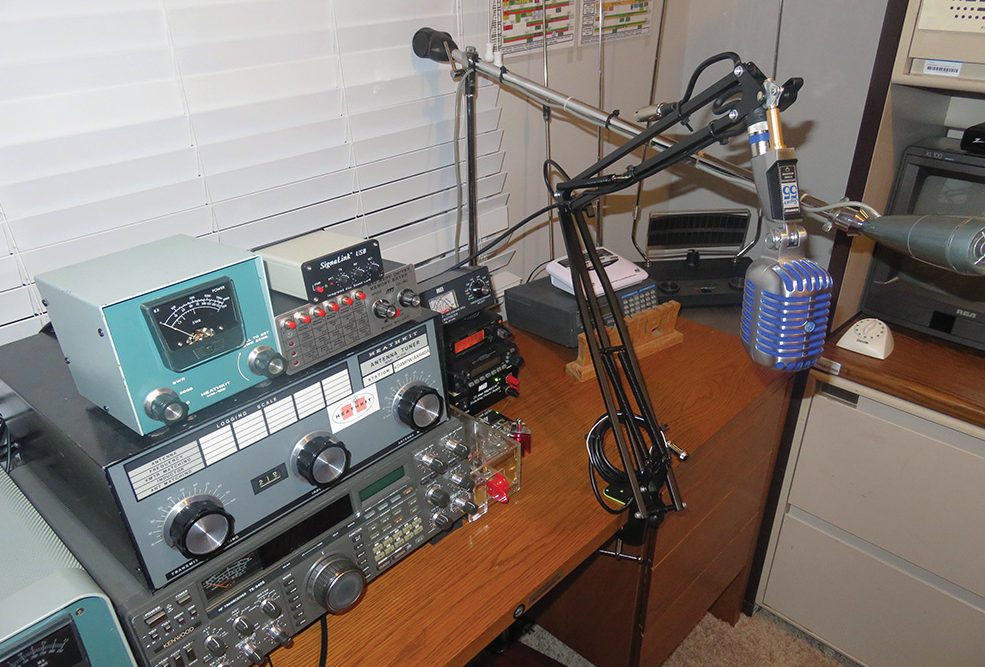
By Aaron Tanner
Alabama experiences all modes of severe weather every year. Despite advances in Doppler radar technology that allows more extended warning lead times, radar usually cannot see what is happening on the ground.
That’s where the SKYWARN Storm Spotter program comes in. Volunteers of various backgrounds, including first responders, law enforcement and business owners, help the National Weather Service verify real-time conditions when deciding to issue or continue a warning.
“Our SKYWARN spotters are like our eyes in the field,” says Todd Barron, Warning Coordinator Meteorologist at the National Weather Service office in Huntsville.
Storm spotters are different from storm chasers in that a spotter stays in one location, while a chaser travels to a storm. Barron says that storm spotters are preferred over storm chasers in Alabama due to various issues, including the hills and trees limiting views, heavy rain that often obscures tornadoes and the fast motion of storms. “It is dangerous to storm chase, especially if you are not a well trained professional.”
Those interested in becoming a storm spotter receive training from a meteorologist from the National Weather Service, either in person or online. Volunteers learn to appropriately identify and report severe weather, such as finding rotation in a wall cloud or adequately measuring the size of hail, along with safety tips while in the field. “We want the spotters to know what they are looking at when watching for severe weather,” Barron says.

After completing the class, graduates receive a certificate certifying them as spotters, and their name is put into a database if they choose to do so.
A report from a trained spotter is taken more seriously when deciding to issue or continue a warning, versus a report from someone not adequately trained. The reports are especially important in rural areas, since those spotters may be the only ones able to accurately verify a report for that particular area, especially if a storm is moving into a more densely populated area.
SKYWARN spotters also help emergency managers. Phyllis Little, director for the Cullman County Emergency Management Agency (CCEMA), is especially grateful for the storm spotters in her county who receive proper training. Because the agency cannot be everywhere during severe weather, they rely on information from storm spotters to know where to send resources. “These are volunteers who have a vested interest in serving our community,” Little says.
In March of 2017, the CCEMA sponsored a class in the town of Colony that was well attended by different people of all ages. Little says those attending help their community stay safe, thanks to their proper training. “Many will never call in a report, but they do have the knowledge to recognize conditions that may signal a severe weather event.”

Spotters in the field
Rex Free of Lawrence County is one of many certified spotters in Alabama who received proper training. His interest in storm spotting comes from the tornadothat killed 13 people in his county during the Super Outbreak of April 3, 1974. “I saw a lot of destruction that traumatized me,” says Free, who owns an audio-visual company.
In 1989, Free met Ed Weatherford, president of the Bankhead Amateur Radio Club in Moulton at the time. He suggested Free help him with ham radio and storm spotting. Weatherford is the Deputy 911 Director for Lawrence County.
In March 2012, Free and Weatherford met Jonathan O’Rear, who lives in Madison County, through the National Weather Service. Like Free and Weatherford, O’Rear experienced severe weather first hand, when a tornado tore through his neighborhood in Florence in 1989. He also had an interest in CB and ham radio.
Though there are several methods of communicating severe weather reports to the National Weather Service, such as by telephone, social media and internet chat, ham radio is still widely used by storm spotters. When cell phone towers and power lines are heavily damaged, ham radios still operate because the FCC allocates a portion of the radio bandwidth to amateur radio. “When all else fails, there is amateur radio,” says Weatherford. “It is viable in any emergency.”
 Although many spotters in Alabama have a ham radio license, it’s not a requirement to be a storm spotter.
Although many spotters in Alabama have a ham radio license, it’s not a requirement to be a storm spotter.
Free, O’Rear, and Weatherford are part of Huntsville’s National Weather Service’s ham radio program. When a severe thunderstorm or tornado watch is issued, a liaison at the Weather Service formally activates the spotters.
Storm spotters and ham radio operators were put to the test during the historic tornado outbreak of April 27, 2011. On that day, Free and Weatherford received reports over ham radio of significant damage and injuries from a powerful tornado that hit the Lawrence County community of Mount Hope. Emergency responders had difficulty reaching the victims due to the heavy rain and debris scattered across the affected areas.
Free remembers feeling helpless after hearing about the devastation. Conditions were so bad that Weatherford relinquished control of the SKYWARN network to another ham radio operator located outside the county. “It was a terrifying, deadly event and will always be imprinted in my memory,” says Weatherford, who drove to Mount Hope to give damage reports to the county emergency management agency after the storm.
Despite being an unpaid position, the danger involved and experiencing first-hand the worst of Mother Nature, storm spotters enjoy giving back to their communities by helping the National Weather Service and emergency managers.
But there’s also a sense of community among the ham radio operators. “There is a big camaraderie amongst each other,” Free says.





